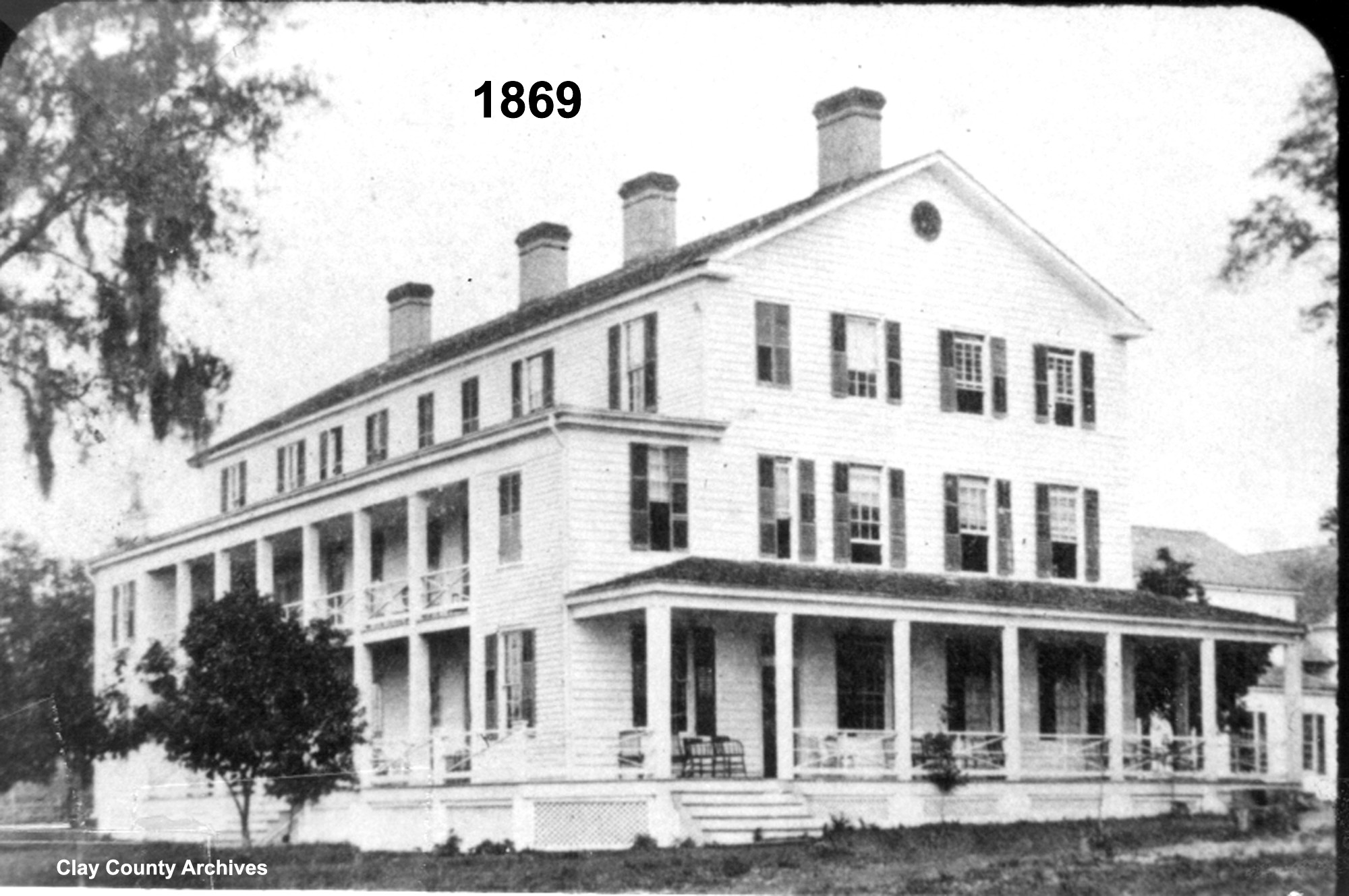Each Magnolia Hotel better than the one before
By the late 1860s, the first of what was to become three Magnolia Hotels on the west bank of the St. Johns River just north of Green Cove Springs was showing her age.Dr, Nathan Benedict’s main …
This item is available in full to subscribers.
Attention subscribers
To continue reading, you will need to either log in to your subscriber account, or purchase a new subscription.
If you are a current print subscriber, you can set up a free website account and connect your subscription to it by clicking here.
If you are a digital subscriber with an active, online-only subscription then you already have an account here. Just reset your password if you've not yet logged in to your account on this new site.
Otherwise, click here to view your options for subscribing.
Please log in to continueDon't have an ID?Print subscribersIf you're a print subscriber, but do not yet have an online account, click here to create one. Non-subscribersClick here to see your options for subscribing. Single day passYou also have the option of purchasing 24 hours of access, for $1.00. Click here to purchase a single day pass. |
Each Magnolia Hotel better than the one before
By the late 1860s, the first of what was to become three Magnolia Hotels on the west bank of the St. Johns River just north of Green Cove Springs was showing her age.Dr, Nathan Benedict’s main building and adjacent cottages were barely two decades old but had literally gone through a war – the Civil War. Even after the war was officially over, the Magnolia Mills area and the hotel itself continued under occupation this time as a hospital and orphanage operated by the Freedmen’s Bureau.
In late April, 1869, Nathan and Emma Benedict sold out to Dr. Seth Rogers and Oliver Harris.
Rogers and Harris immediately set about a massive remodeling and modernization effort to produce the second incarnation of the Magnolia Hotel. The transformation included additional rooms, private balconies, a wide veranda to take advantage of the broad expanse of river view and several small private cottages. Services and amenities were improved to entice the growing number of Northern winter visitors.
In the winter of 1873, one of America’s master painters arrived at the Magnolia Hotel complex.
William Morris Hunt was a man sick in body, mind and spirit. He always struggled with his health and his weak condition was only complicated by Boston’s harsh winters. In that city he was celebrated as a portraitist, teacher, and proponent of the then out of vogue, sketch-like French Barbizon landscapes.
But in 1872, a great fire swept Boston and Hunt’s studio, his and student’s work, and his vast and irreplaceable French Barbizon landscape collection were turned to ash. His health was so shaken that distraught friends and family encouraged he travel to Florida for a change of scene and climate under the care of Dr. Rogers.
Hunt settled into one of the Magnolia’s newly refurbished ten-room cottages. Hotel staff unpacked crate after crate of canvases and supplies while Hunt roamed the grounds, joined picnics along the river, and flat fell in love with the lush landscapes to be seen in every direction. His artist’s eye was entranced by the rich color, flourishing vegetation and dancing contrast of light and dark.
He was inspired to paint again but this time he produced landscapes not portraits. Before long, his Boston friends began to visit. His students like Helen Mary Knowlton stayed to enjoy the surroundings and paint in his well-equipped studio.
He returned north at season’s end in good physical health to launch a new studio and continued teaching and painting until his death in 1879.
Dr. Rogers sold out his interest in the hotel properties in 1872 but maintained a thriving private practice and become a powerful influence in Green Cove Springs.
In 1880, Bostonian Isaac Croft, erected the third and final incarnation of hotels at the Magnolia Springs site. It was a humdinger - plush, huge and combined all Victorian love for curlicues and intricate woodwork with the latest in technology.








